House of Terror Museum: History, Exhibits, and Visitor Information
The House of Terror Museum sits right on Budapest's beautiful Andrássy Avenue, and you can't miss it. There's this huge black frame cutting through the elegant old building that makes it look totally different from everything around it. This isn't just another museum where you look at old stuff behind glass. It's a place that shows you Hungary's worst times when fascists and communists controlled everything.
The building at Andrássy út 60 is both a museum and a memorial. More than just showing you artifacts, this place makes you face the brutal reality of what happened here in the 20th century. We visited on a gray October day, and honestly, the weather matched the mood perfectly.

How a Beautiful Building Became a House of Horror
This elegant mansion started out normal enough back in 1880. Architect Adolf Feszty designed it as a typical neo-renaissance building, and regular families lived there for decades. The National Commission on Monuments even had offices there. Nothing about this pretty building suggested the terrible things that would happen inside.
Everything changed in 1937 when Hungary's fascist Arrow Cross Party started renting space here. By 1940, they took over the whole building and called it the "House of Loyalty." During their brutal time in 1944, they turned the basement into a prison. Tons of people, especially Jewish Hungarians, were tortured and killed down there.
When the fascists were defeated, things didn't get better. In February 1945, the communist secret police moved in. They had different names over the years (PRO, ÁVO, and ÁVH), but they were all equally scary. These guys expanded the prison and connected basement cells throughout the whole block. We learned that this underground maze of terror kept going until the Hungarian Revolution in 1956.
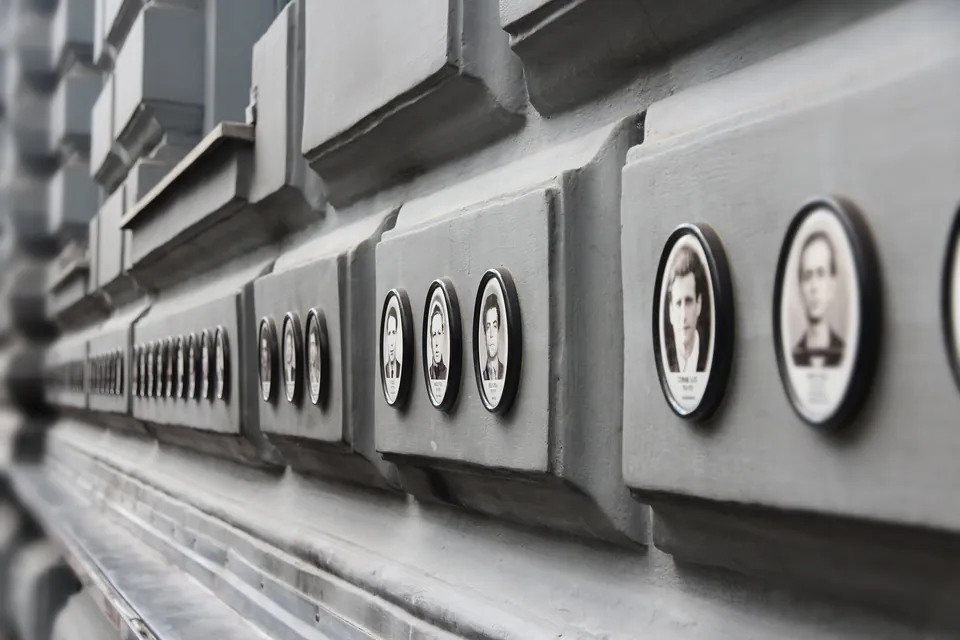
After 1956, the government tried to make everyone forget what happened here. They renovated it and used it for regular stuff. Get this - some of the old torture chambers became a club for young communists. Talk about trying to erase history. This went on until 2000, when the Hungarian government bought the building and turned it into the memorial museum we see today.
What You'll See Inside
The museum takes you through Hungary's fascist and communist years in order. They use music, old film footage, and recreated rooms to make everything feel real. Sometimes too real. We found ourselves needing breaks because it gets pretty intense.
Ground Floor and Courtyard
You start in the central courtyard where there's this Soviet T-54 tank that looks like it's coming out of a pool of black oil. It's a powerful sight that sets the mood right away. Memorial slabs around the area remind you that this isn't just history - real people suffered here.
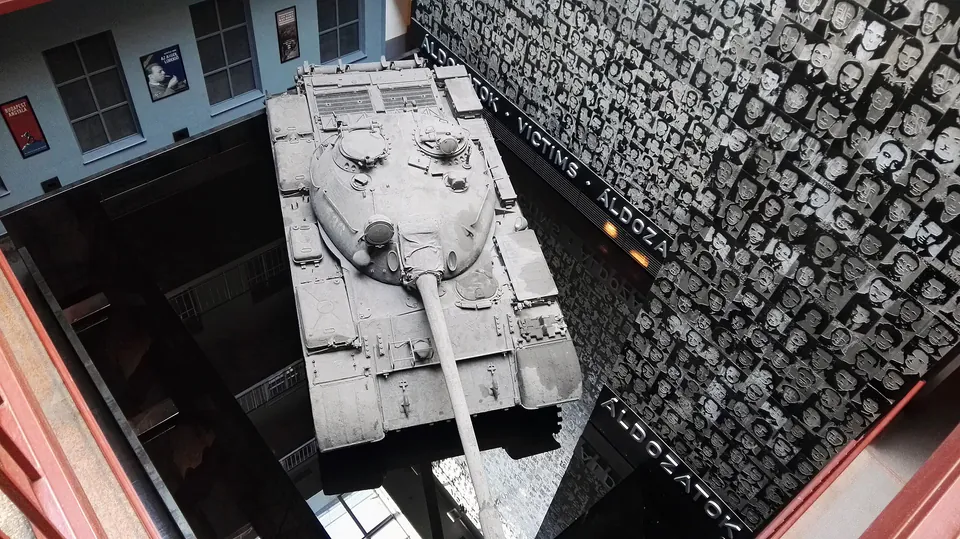
Second Floor Horrors
The second floor shows how Hungary got crushed by both Nazi and Soviet control. You'll see exhibits about Hungarian deportations to Soviet Gulag camps. There are maps and photos showing how they went after religious people, including Cardinal József Mindszenty. We discovered that these regimes didn't just target political enemies - they went after entire communities and anyone with different beliefs.
First Floor Persecutions
On the first floor, you learn about the massive population moves after World War II. They show how hundreds of thousands of ethnic Germans and nearly one hundred thousand Hungarians got kicked out by Czechoslovakia.
There's this installation called the "Labyrinth of Compulsory Deliveries" that really got to us. It's made of blocks that look like lard or soap, creating a maze that shows the terror peasants faced during agricultural collectivization. You also see a reconstructed interrogation room they called the "gym," a gallery with secret police portraits, and recreations of the fake trials that condemned innocent people.
The Basement's Brutal Reality
The basement is the hardest part. Here you see reconstructed prison cells, interrogation rooms, and even a gallows. Some are preserved exactly as they were - wet walls, oppressive darkness, the works. The elevator down includes a video of a guard explaining how executions worked. We weren't prepared for how disturbing this would be.
This section forces you to face the physical brutality and psychological torture that happened in these exact rooms. It's universally intense and serves as a stark reminder of what humans can do to each other when power goes unchecked.
Memorial Spaces
The exhibition ends with two powerful memorial areas. The "Hall of Tears" lists victims' names, giving you space to reflect. More controversial is the "Perpetrators' Wall" that shows photos and information about the people who ran these regimes. Many of them never faced justice and just went on living normal lives after their crimes.
Planning Your Visit
Getting the practical stuff sorted out means you can focus on this heavy historical experience without worrying about logistics.
Essential Visit Information
| Detail | Information |
|---|---|
| Location | Andrássy út 60, 1062 Budapest |
| Opening Hours | Tuesday–Sunday: 10:00 AM – 6:00 PM (Closed Mondays) |
| Ticket Price | Full: 4000 HUF, Reduced: 2000 HUF |
| Audio Guide | 1500 HUF (Essential for non-Hungarian speakers) |
| Duration | 2-3 hours minimum recommended |
| Photography | Prohibited except courtyard tank |
Getting There
The museum is right on Andrássy Avenue, so it's easy to reach by public transport. Take the old Millennium Underground (M1 yellow line) to Vörösmarty utca station, or hop on Tram 4 or 6 to Oktogon stop. Both put you just a short walk from the entrance.
Ticket Purchase and Timing
Unlike many Budapest attractions, you can't buy House of Terror tickets online if you're visiting alone. You have to get them at the museum's cash desk when you arrive, which sometimes means waiting in line during busy tourist times. We always recommend arriving early in the morning or later in the afternoon to avoid crowds.
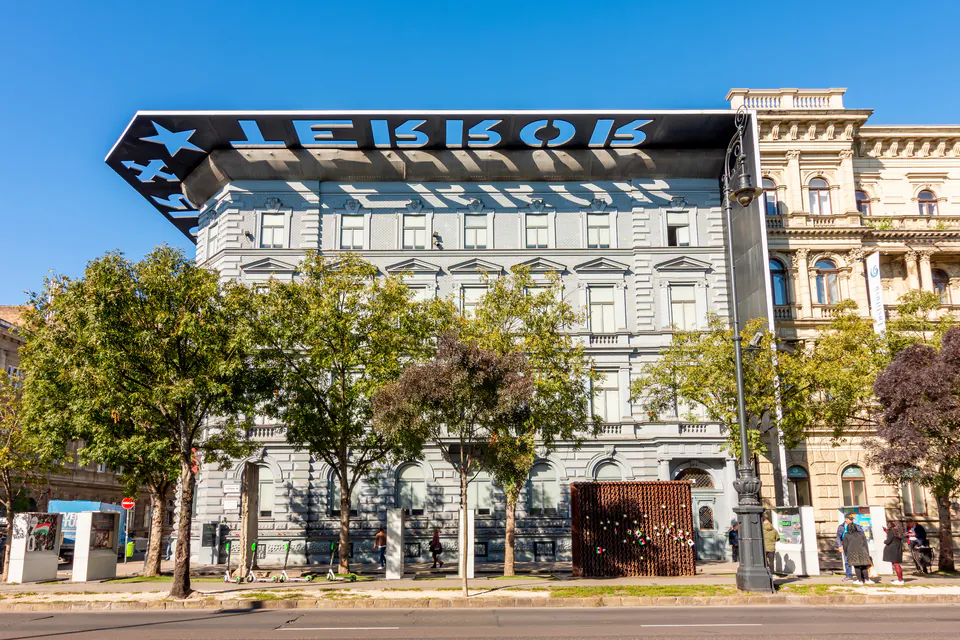
Audio Guide Necessity
If you don't speak Hungarian, get the audio guide. It's not just helpful - it's absolutely necessary. For 1500 HUF, you can get it in English, German, Spanish, Russian, Italian, and French. Sure, there are English information sheets in each room, but the audio guide gives you way more detail and context. We made the mistake of trying without it once and felt totally lost.
Making the Most of Your Visit
A few practical things can really improve your experience at this challenging but important museum.
Emotional Preparation
The House of Terror is emotionally demanding. The content is consistently powerful, moving, and often deeply disturbing, especially the basement exhibits about torture and imprisonment. Taking breaks or even skipping certain sections if you feel overwhelmed is totally fine. We've seen people need to step outside, and there's no shame in that.
Visitor Considerations
The museum's graphic nature and mature themes make it pretty unsuitable for young kids, even though they allow children under 14 with adults. Parents really need to think carefully about their children's maturity and sensitivity levels.
The museum has full wheelchair access, with elevators to all floors and accessible bathrooms. The nearby public transport also has accessible facilities.
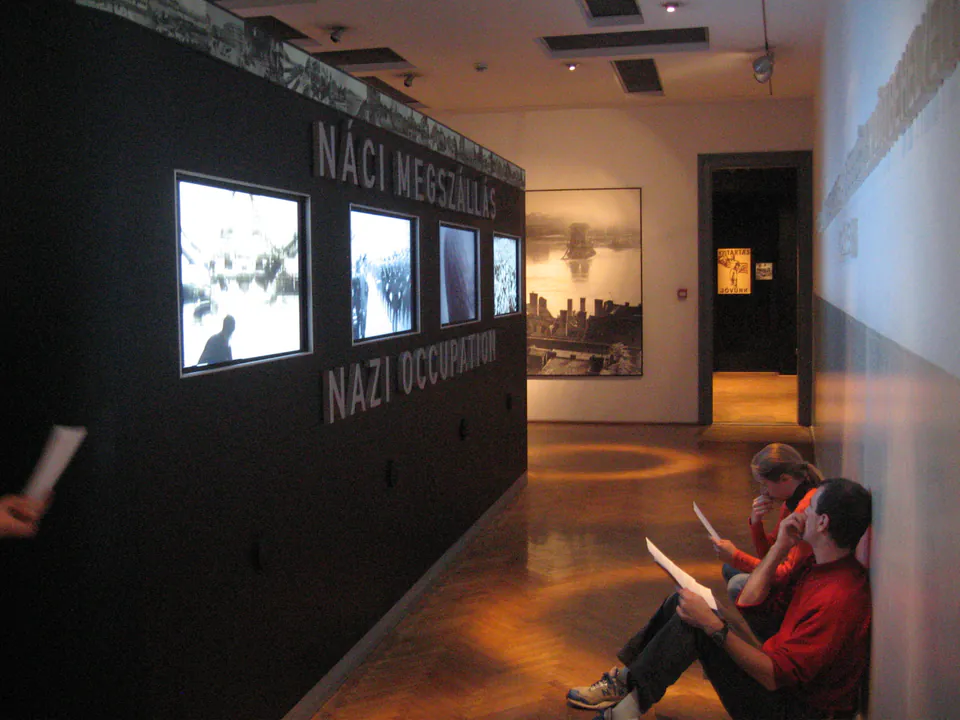
Practical Facilities
You have to check bags larger than A3 size, all backpacks no matter how small, and umbrellas in the free cloakroom. Smaller stuff can go in lockers using a 100 HUF coin that you get back.
The museum doesn't have a café or refreshment area. Given how long and emotionally intense the experience is, think about planning meal breaks at nearby places before or after your visit.
House Rules
Keep quiet throughout the exhibitions to show respect for the victims remembered here. Photography and video are strictly banned inside exhibition areas, except for the Soviet tank in the courtyard. Museum staff watch for this pretty carefully.
Beyond the Museum Walls
The House of Terror's location on prestigious Andrássy Avenue means you can combine your visit with other major Budapest attractions. The Hungarian State Opera House, Liszt Ferenc Square, Heroes' Square, and City Park are all walking distance. However, you might find the museum experience emotionally consuming enough that you just want a quiet walk rather than more sightseeing.
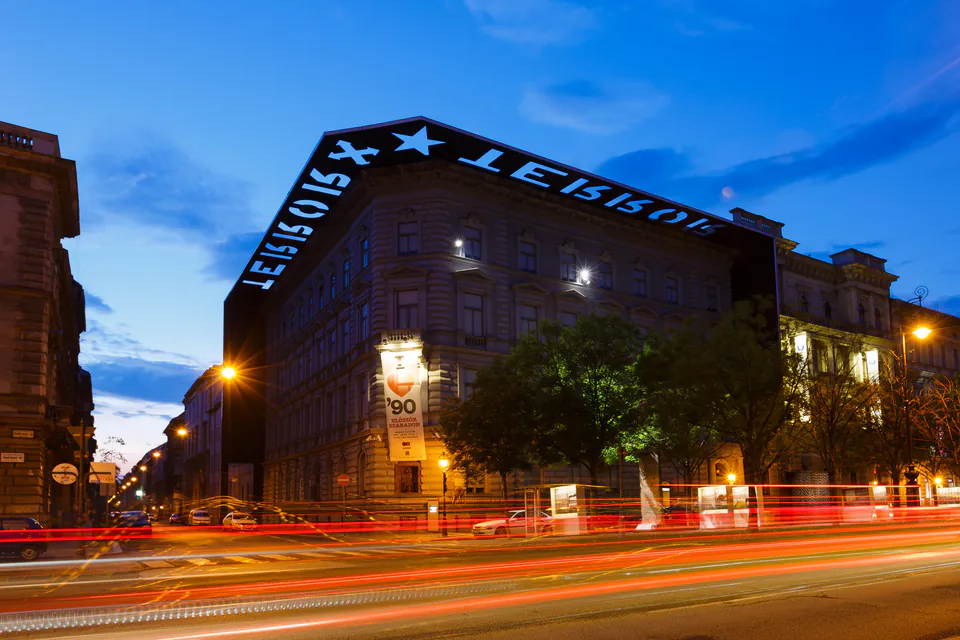
The museum also has temporary exhibitions that explore related historical themes or artistic responses to the periods covered. These changing displays give fresh perspectives and sometimes feature works by contemporary artists dealing with historical memory and trauma.
A Memorial's Lasting Impact
The House of Terror goes beyond typical museum experiences by turning a site of historical horror into a place for education, reflection, and remembrance. Its stark exterior is a permanent reminder on beautiful Andrássy Avenue that terror can hide behind the most civilized appearances.
While it doesn't offer "enjoyment" in normal tourist terms, the museum gives profoundly impactful experiences for those wanting to understand Budapest's complex past. It stands as proof of human resilience while starting conversations about history, memory, and democratic values.
The stories inside these walls carry timeless warnings about how fragile freedom is and why we need to stay vigilant against oppression. In our world today, where threats to democratic institutions continue globally, the House of Terror's message hits with urgent relevance, making each visit both a history lesson and a call to conscience.